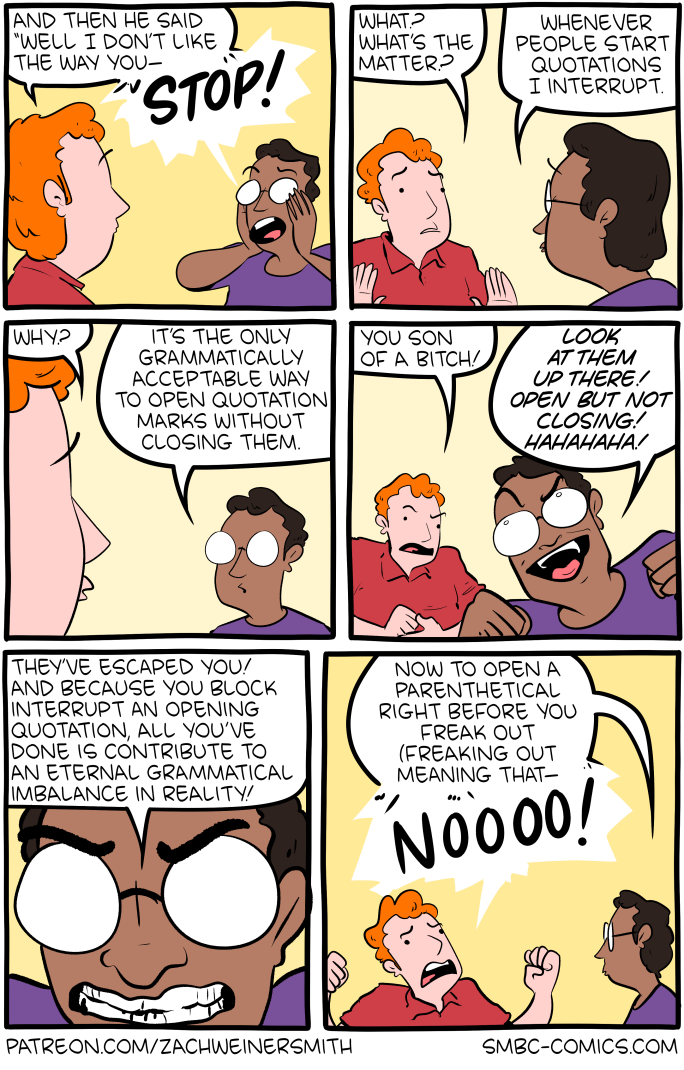
I just bought a Miata and have driven a motorcycle and a bike in traffic. I got hit by an SUV while riding a bike even. Not sure I get the big vehicle argument.
Destrehan, LA

Click here to go see the bonus panel!
Hovertext:
Before you saying anything, I'd like to dedicate this breakup conversation to pioneering portraitist Frida Kahlo.
Today's News:
.png)
Click here to go see the bonus panel!
Hovertext:
You can also do the pi dogs, but then you lose business from the tau people.
Today's News:

Click here to go see the bonus panel!
Hovertext:
There was a fairly intricate debate on an early version of this posted to bluesky, the contention being over whether OR was sufficient. I think the ORs have it, but XOR is a funnier word, so there.
Today's News:

Click here to go see the bonus panel!
Hovertext:
Suddenly wondering if someone has already done this.
Today's News:
Back in like 2010 when I was aggressively job hunting, I knew that software would help weed out candidates, so I wrote an accurate resume, but included every technical skill I wasn't a pro in in white text on a white background. I got a ton of recruiter calls. I'm pretty sure it helped back then. I doubt it would now.
Destrehan, LA
Next Page of Stories

